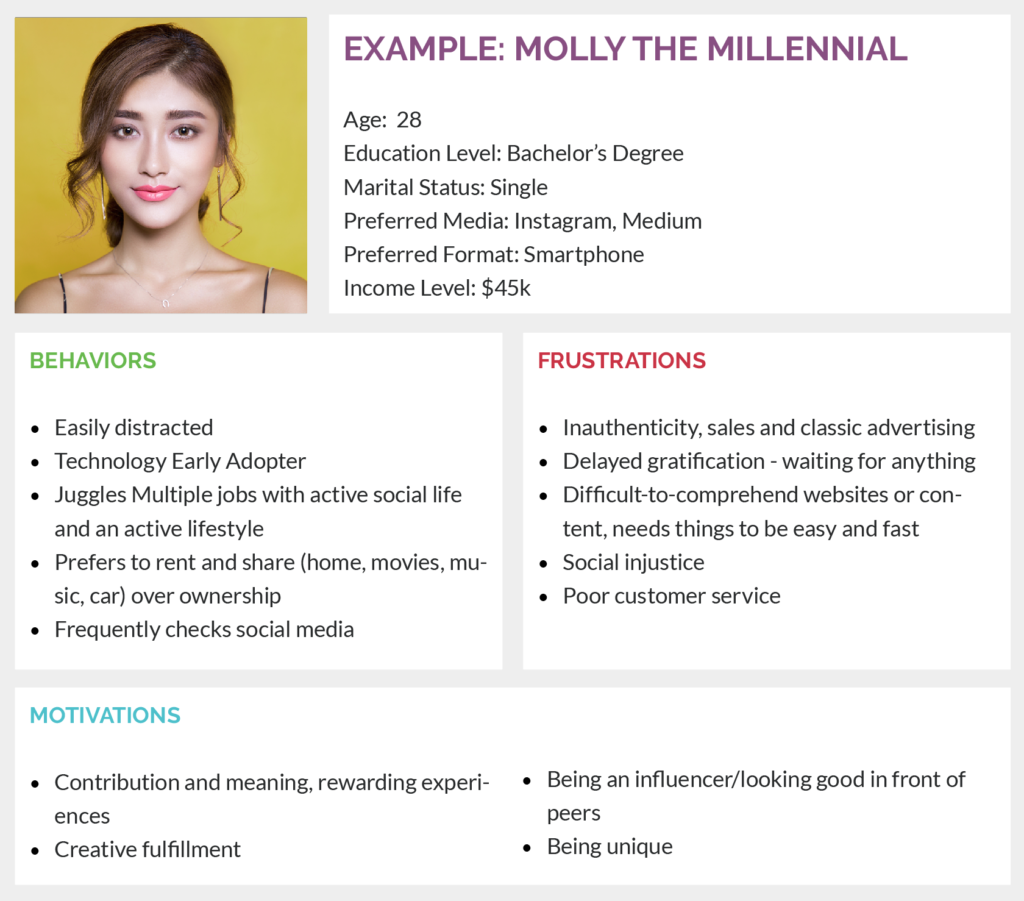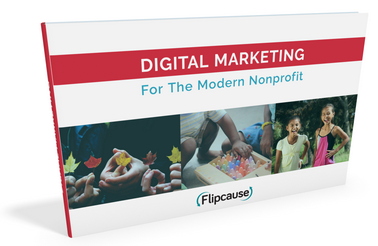Donor Personas: Finding and Connecting With Your Audience
It doesn't matter if you have thousands of Facebook followers if none of them will ever donate, volunteer, or spread the word. Smart marketing is about reaching a specific target of people whose values intersect with your nonprofit's unique ability to address a community need. But do you know who they are, and how to find them? Do you know how to address them and what kind of appeals will speak best to them? Donor personas can be useful to describe and visualize the people who you are trying to engage in your fundraising campaign. In other words, a donor persona describes segments of your target market.
Personas are fictional representations of your ideal donor or supporter. They help you experience your brand through the eyes of a donor so that you can tailor your message to their needs. The more your audience can see that you are speaking directly to them, the more they are likely to become engaged in whatever marketing tactic you employ.
What’s in a donor persona?
Your personas will include both demographic, psychographic, and behavioral information.
Demographic Data
- age
- gender
- education
- income bracket
- geographic location
- ethnicity
- employment
Psychographic Data
- attitudes
- motivations
- personality
- values
- opinions
- lifestyle
Behavioral Data
- communication preferences
- relationship to your nonprofit (i.e. long-time donors, prospects, volunteers, or lapsed donors)
- giving history

How to create your donor personas
You’ll need to do some research. Your existing donor database and analytics tool (such as Google Analytics) are good places to start to gather demographic data. You should also factor in which of your constituents are not yet donors, which are volunteers, which are sponsors, which are large donors, or occasional donors. Since your messages to each of these will vary, they should be separate segments from one another.
Chances are, you or someone else at your organization already has solid relationships with a good part of your constituent base and knows them by name and how old their kids are. Find people in your organization that have a familiarity with your audience, or that have a preliminary idea of what the main target markets are. You might be able to come up with 2-3 donor personas that way.
Then, find a few contacts who meet those preliminary personas, and set up some interviews. You’ll want to validate or adjust them based on conversations with real people. To get the real insights, you’ll want to get on the phone and ask a few questions:
- How do they personally connect with your mission?
- What brought them to the organization, and what will inspire them to stay?
- How do they want to be communicated with?
- What do they want to know about your cause?
- Do they have any feedback for your organization?
Look for patterns. The people you ask these questions will feel flattered to be asked about their input and feedback, and you’ll walk away with good information on how to frame your marketing appeal.
How many interviews? It depends. You’ll want to do at least 3 each per your initial demographic segments to compare notes and see if there are any patterns. Use your judgment to determine how many is enough to get the insights you need. It’s always better to do a little bit than nothing at all, so don’t worry too much about making your sample size statistically significant. Imperfect data is always better than no data!
Negative Personas
There are endless ways to segment your supporters. We recommend creating segments based on behaviors: who's most likely to take action in a way that will support your objective?
This will also help you figure out your negative personas – i.e., the types of people who you should stop wasting time and resources on because they’re less likely to give. For example, if you're a nonprofit supporting people with Alzheimer's, you may get less reward from marketing to millennials (even if they seem like a hot new market!). Instead, you might focus on middle-aged individuals who have a parent with Alzheimer’s. They’re likely to be personally invested in the cause AND they probably have more money to give.
'You can spend your time on stage pleasing the heckler in the back, or you can devote it to the audience who came to hear you perform'
Seth Godin
Download our free eBook to learn more about Digital Marketing for Nonprofits






So Tired of This
March 6, 2023Millennials are in their late 30s and early 40s. We are the middle-aged people with parents who have dementia. How can you expect anyone to take this article seriously when you can’t even properly identify demographics..?